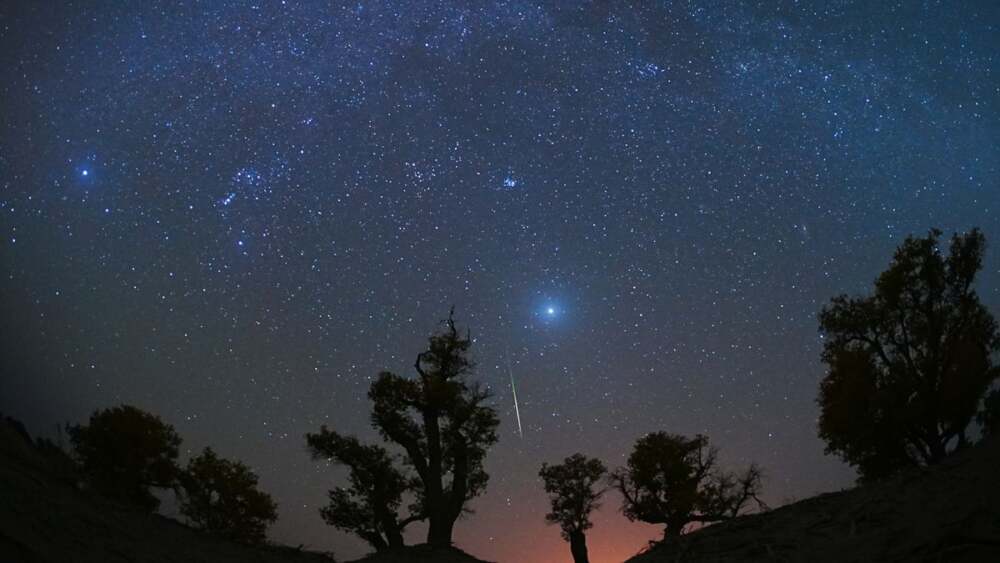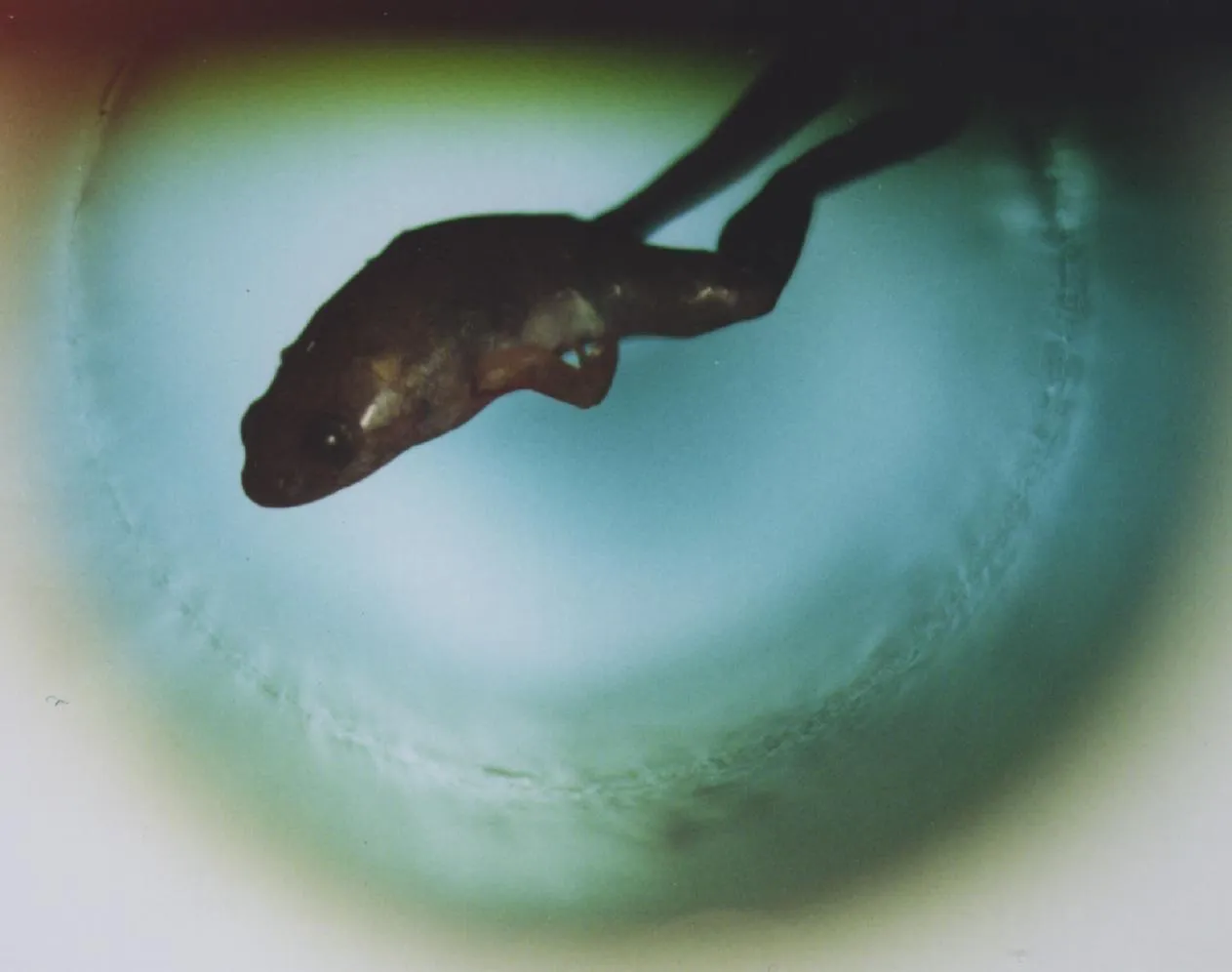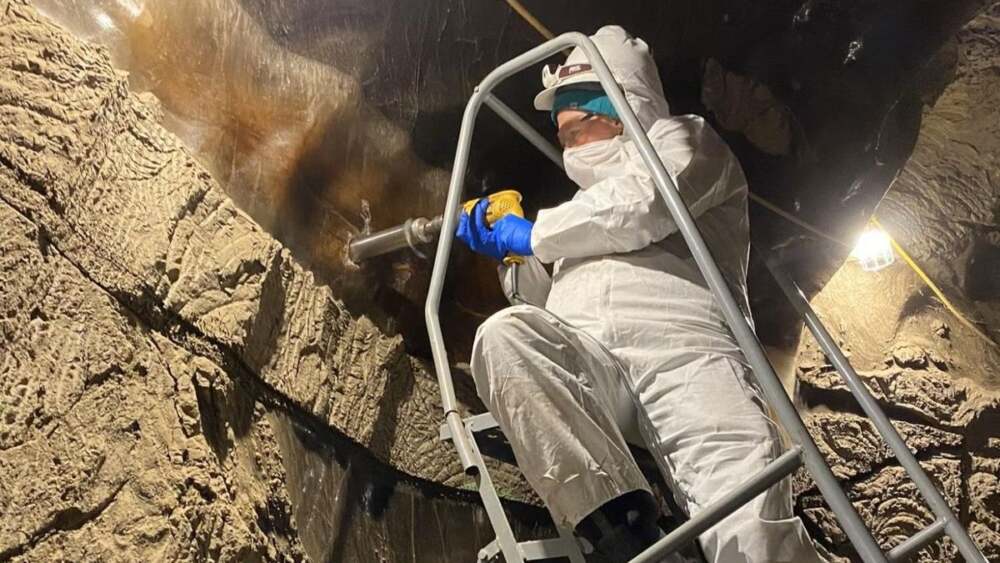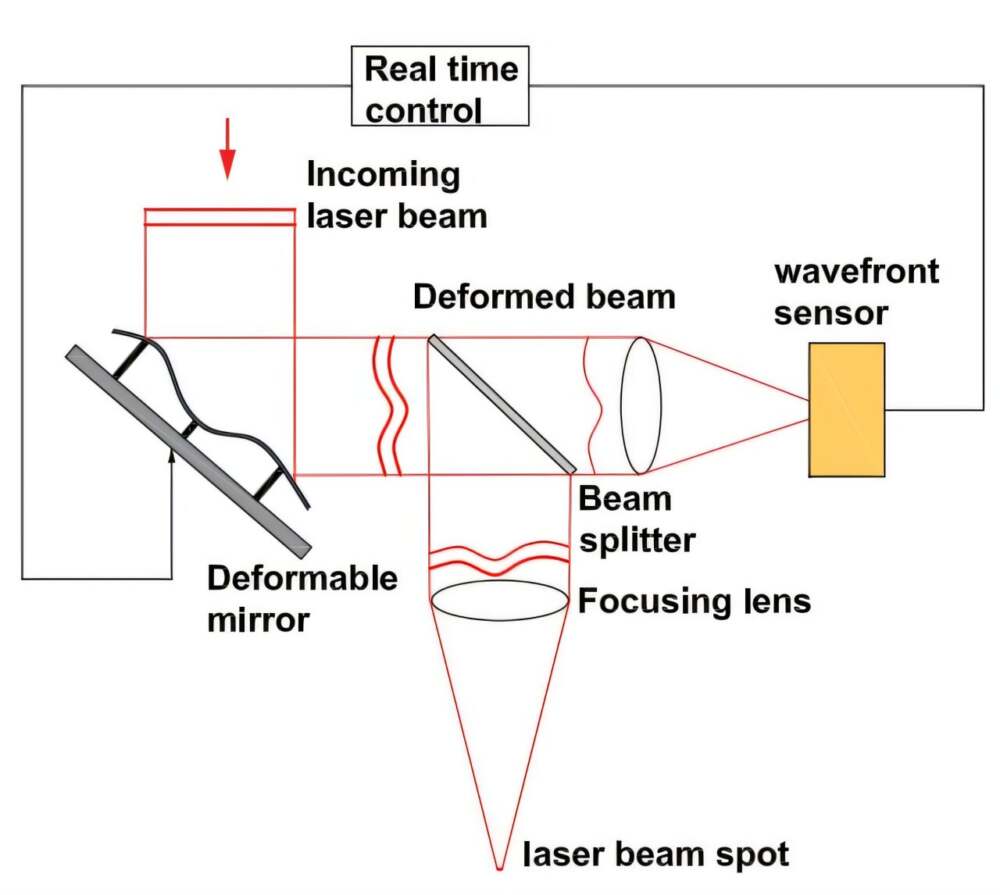A groundbreaking discovery has provided new insight into one of the most debated questions in anthropology: where, when, and how did humans evolve their unique ability to walk upright? A team of researchers studying the 4.4-million-year-old species Ardipithecus ramidus has uncovered compelling evidence from ankle bones that strengthens the theory that humans evolved from an African ape-like ancestor.
Ardi: A Window Into Our Deep Past
The fossil species Ardipithecus ramidus, affectionately known as “Ardi,” was first discovered in Ethiopia’s Afar region. Ardi lived over four million years ago, long before the famous Australopithecus afarensis specimen “Lucy.” The new study focuses on the ankle structure of Ardi, revealing a fascinating mix of traits — some shared with modern apes, and others showing early adaptations for walking on two legs.
The ankle bone, or talus, is a critical clue for understanding locomotion. Researchers found that Ardi’s ankle joint was tilted in a way that resembles African apes such as chimpanzees and gorillas, suggesting that she still spent much of her time climbing trees. Yet, certain features of the ankle also indicate that she could walk upright on the ground — though likely not as efficiently as modern humans.
This combination of traits paints a picture of a species living in transition — one still adapted for life among the trees, but increasingly capable of moving on two feet through more open woodland environments.
Climbing and Walking: A Transitional Anatomy
Unlike modern humans, Ardi retained a grasping big toe, which would have been invaluable for climbing and gripping branches. However, her ankle and lower leg bones show evidence of shock absorption and a push-off mechanism similar to what we use when walking. This means she could probably balance and move bipedally for short distances, though not with the speed or endurance of later hominins.
Ardi’s anatomy suggests that the last common ancestor shared by humans and chimpanzees was not a purely tree-dwelling ape, as once thought. Instead, it likely combined the ability to move on the ground with strong climbing skills — an adaptable creature well-suited to a shifting landscape of forests and open plains.
Challenging Old Assumptions
For decades, scientists have debated whether early human ancestors descended from a general ape-like creature that gradually learned to walk upright or from a specialized climber that adapted its movement as environments changed. The new evidence from Ardi’s ankle challenges older models by showing that bipedalism didn’t emerge suddenly or from a ground-dwelling ancestor.
Instead, the transition appears to have been gradual, layered on top of preexisting climbing abilities. Ardi’s ankle shows that the structural foundation for walking was already present millions of years before fully upright species like Australopithecus appeared.
This finding also reframes the role of modern apes in our evolutionary story. Rather than being direct models for our ancestors, chimpanzees and gorillas may represent separate branches of the family tree that developed their own specialized ways of moving through forests. Humans, by contrast, evolved from an ape-like ancestor that was already experimenting with new ways of getting around.
What This Means for Human Evolution
The discovery of Ardi’s ankle bone is more than just an anatomical curiosity — it’s a key piece of evidence that helps bridge a major gap in our evolutionary timeline. It suggests that our ancestors began walking upright while still retaining many traits for climbing, allowing them to thrive in mixed environments.
This dual adaptation would have given early hominins a significant advantage. They could navigate trees for food and safety while also venturing onto the ground to explore, forage, and migrate. Over millions of years, natural selection likely favored individuals who could move more efficiently on two legs, leading eventually to the fully upright posture we have today.
The Broader Picture
The implications of this research extend beyond anatomy. It reshapes our understanding of how flexible and adaptive evolution can be. Rather than following a straight, linear path from ape to human, evolution worked through overlapping stages, each shaped by environmental pressures and survival needs.
Ardi’s fossil reminds us that human evolution is not a story of sudden transformation but one of gradual refinement — a tale of a species learning to balance between the trees and the earth until it finally took confident steps into a new way of life.
As scientists continue to unearth and analyze ancient fossils, discoveries like Ardi’s ankle will help fill in the details of our shared past — showing how, through adaptation and resilience, an ape-like ancestor from Africa set humanity on its remarkable evolutionary journey.












Leave a Reply